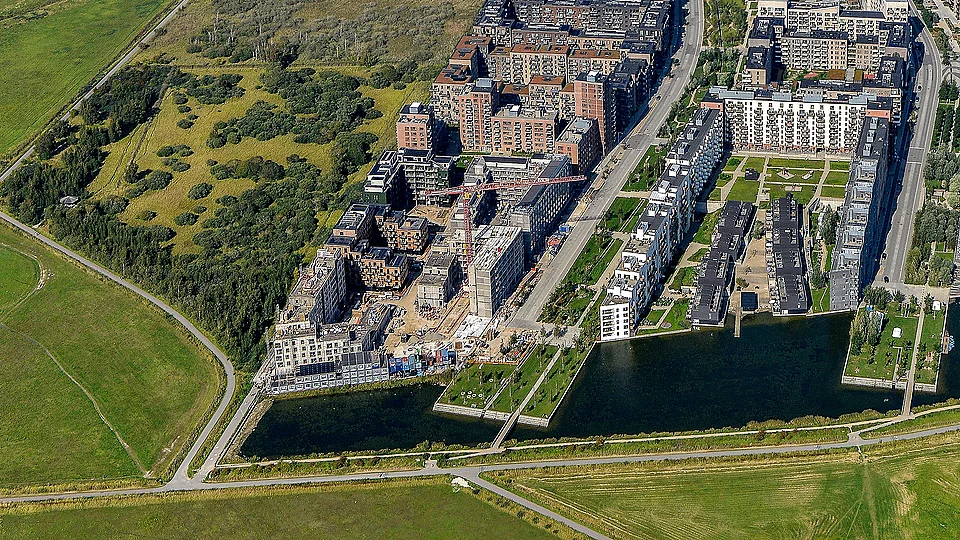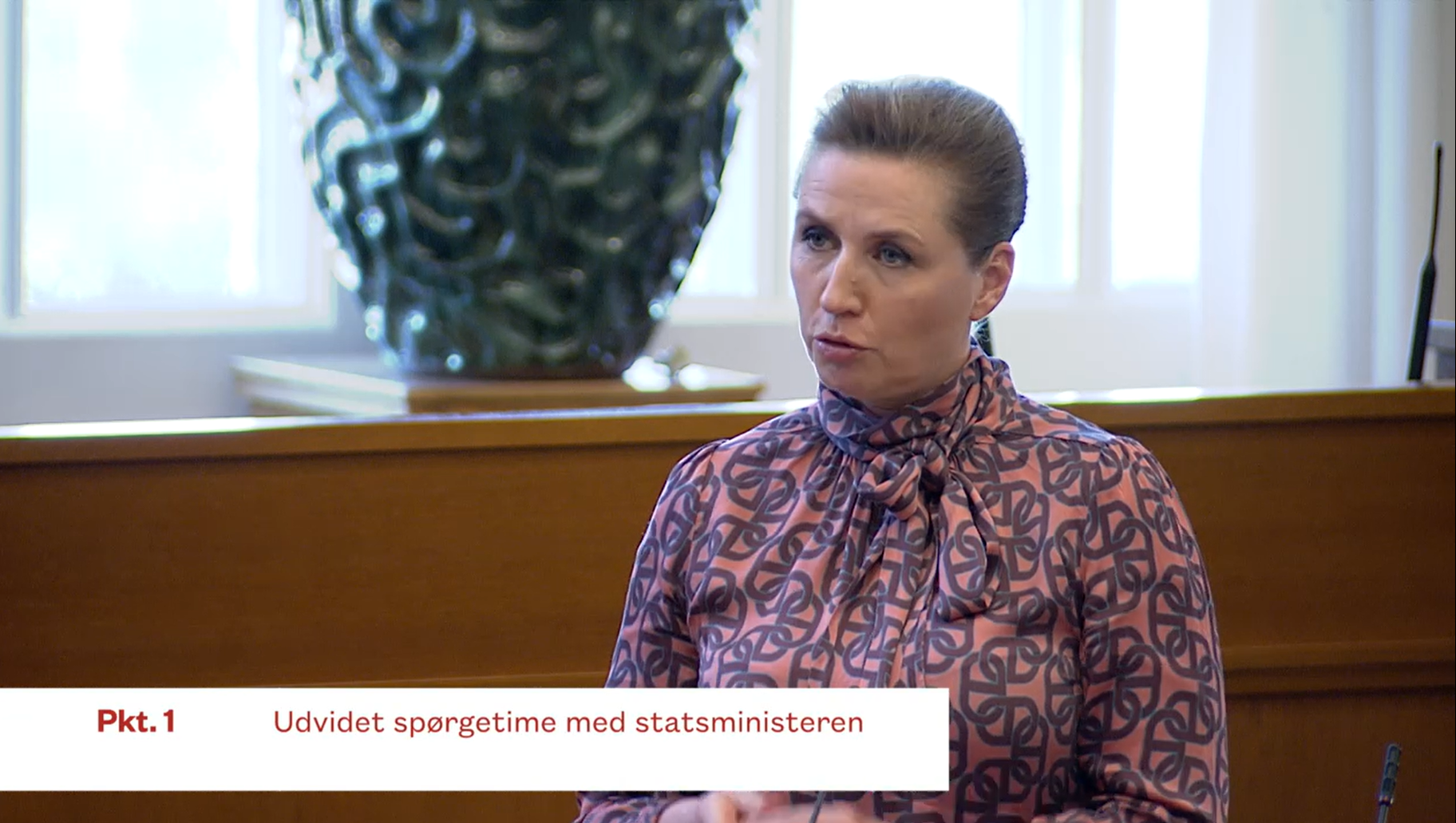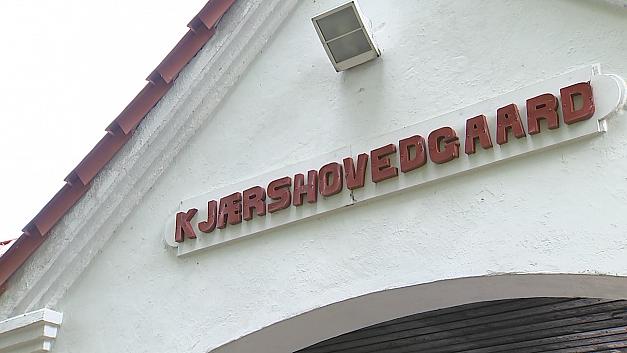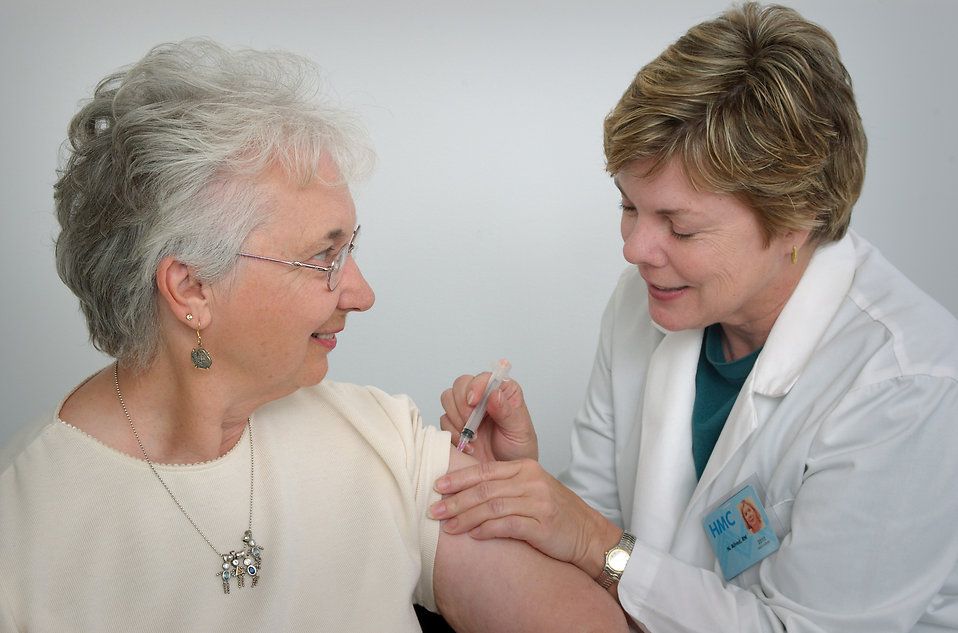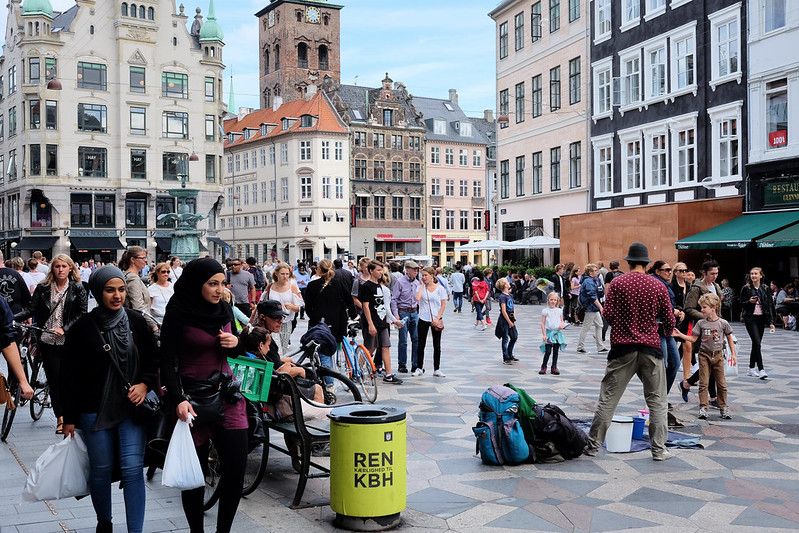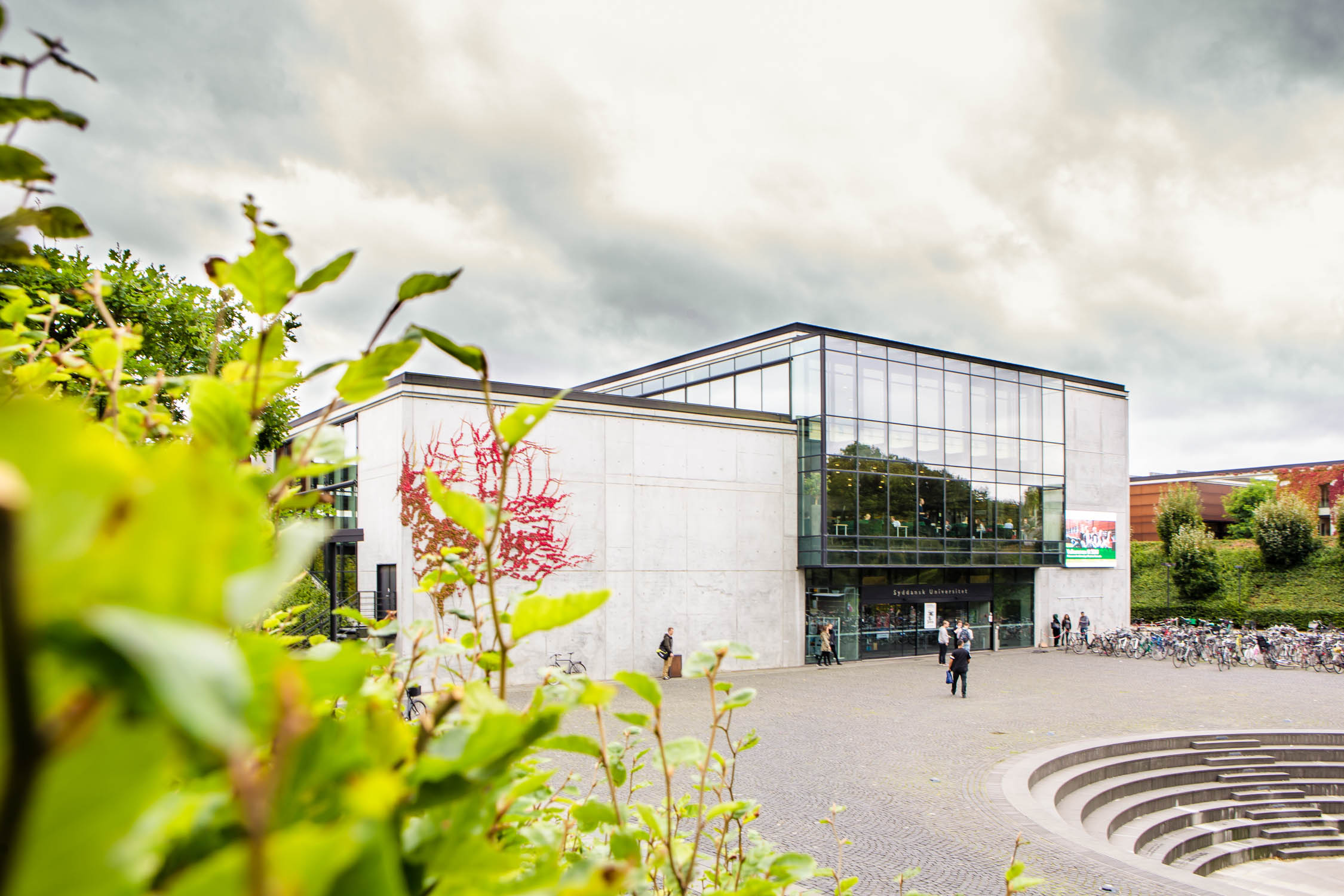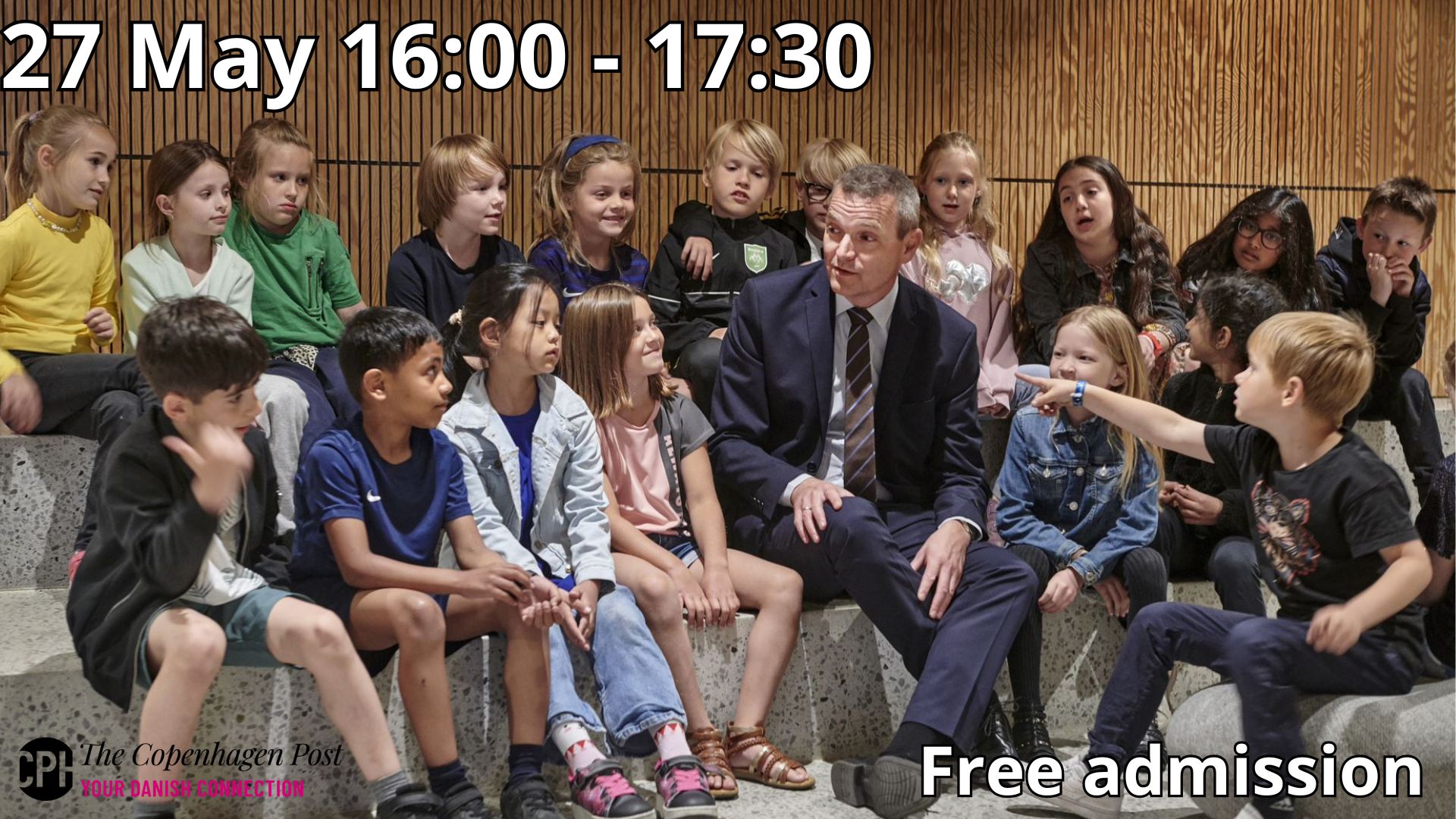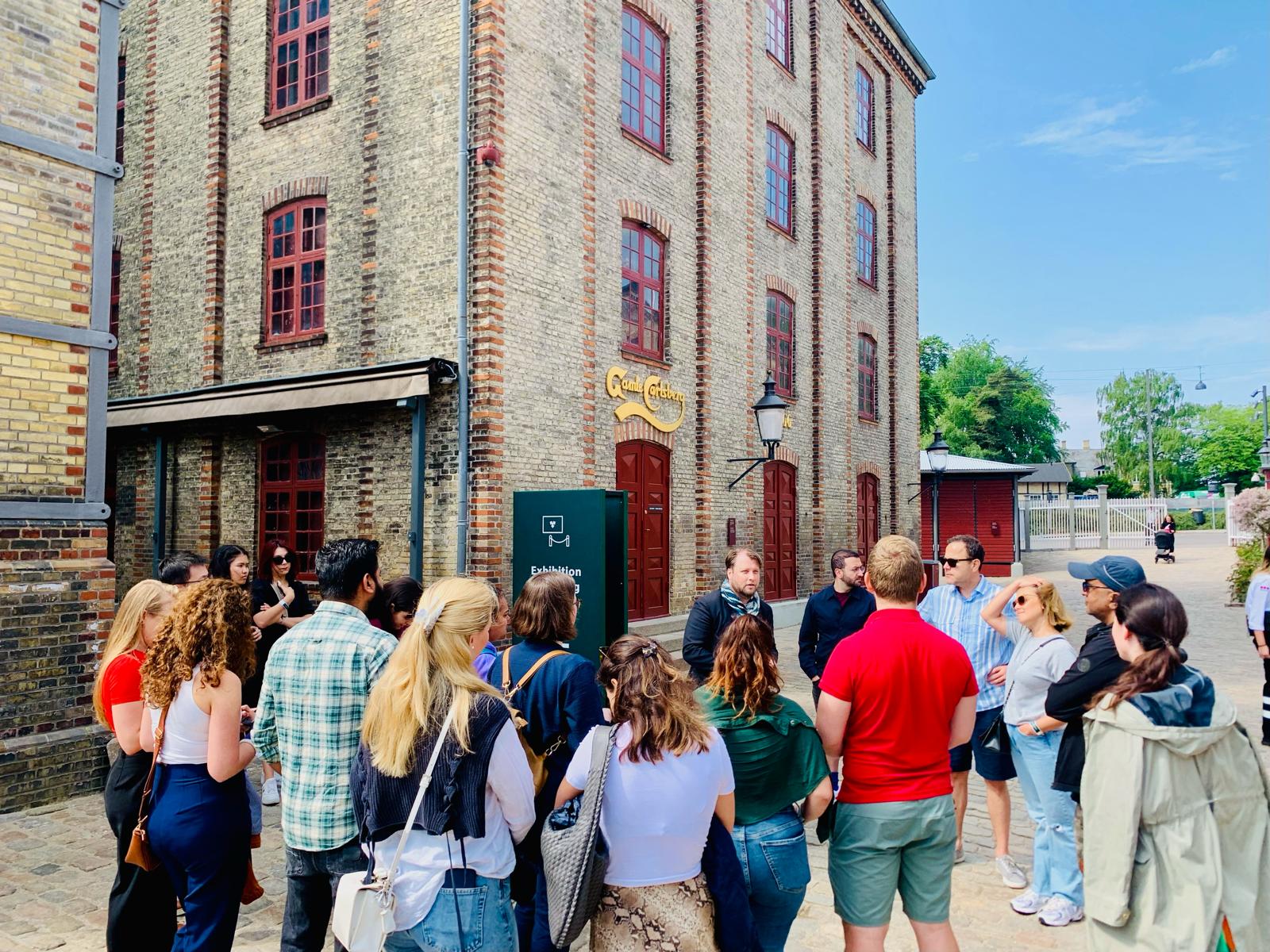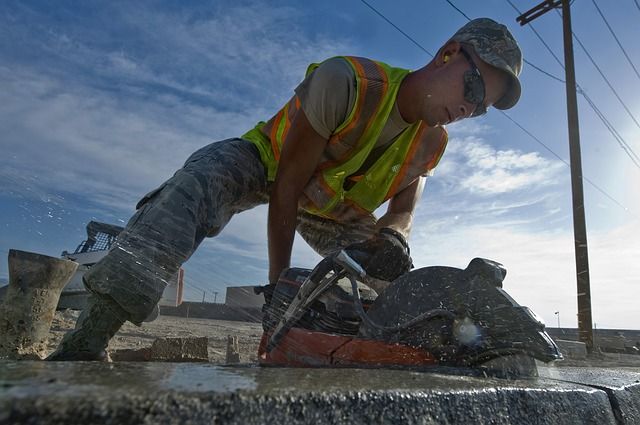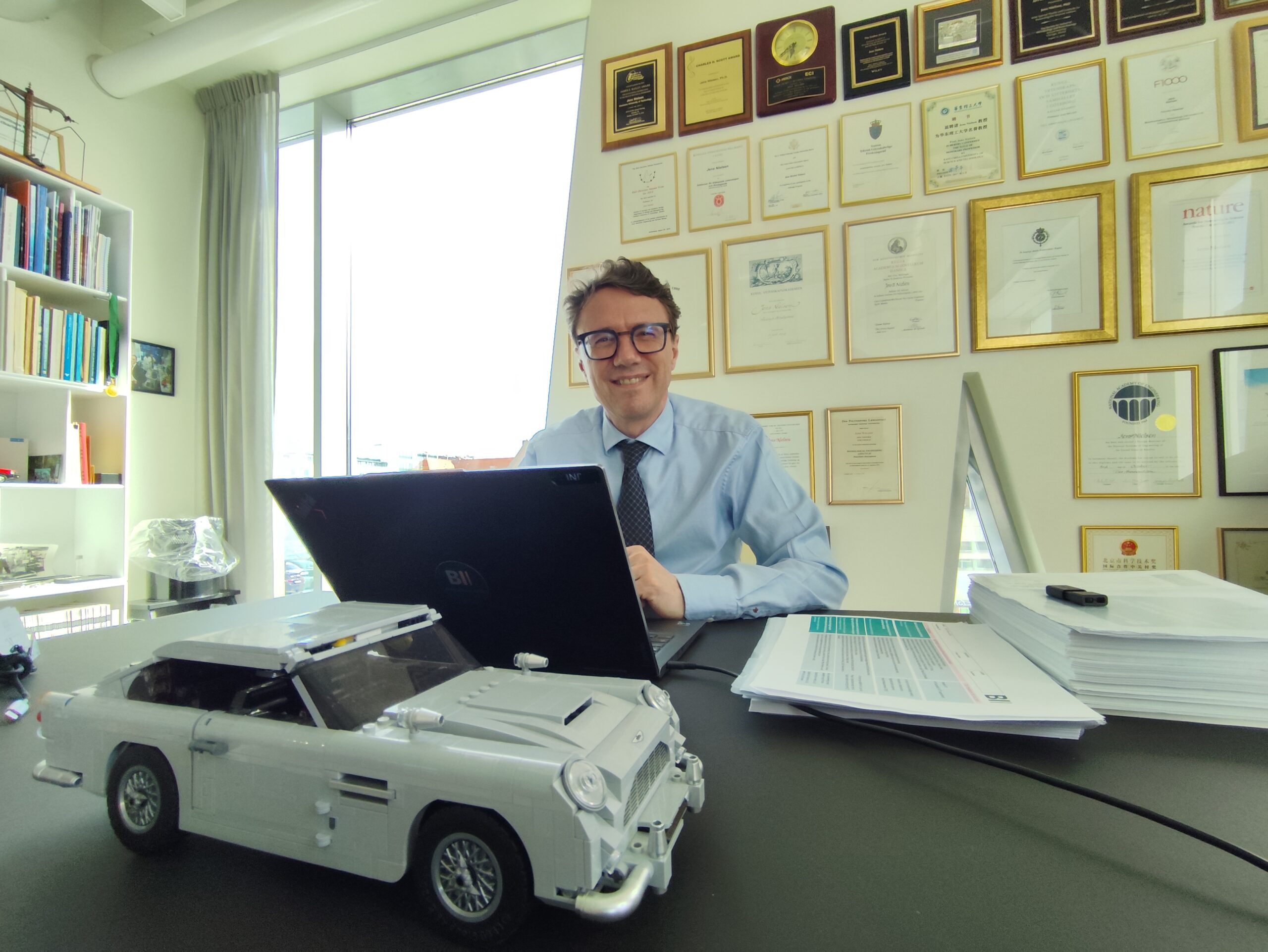Copenhagen has undergone significant transformation over the past few decades, and Ørestad is one of the clearest examples of this change.
Once an open landscape, the district has quickly transformed into a diverse, modern neighborhood with a growing international presence.
Its combination of strategic urban planning, investment in infrastructure, and commitment to sustainability has not only made it an attractive location for businesses and residents but also a particularly appealing area for internationals looking to settle in Copenhagen.
Why internationals choose Ørestad
One of the defining characteristics of Ørestad today is its large international community. 48% of residents in Ørestad City are non-Danish, making it one of the most diverse neighborhoods in Copenhagen.
With a direct metro line to central Copenhagen and easy access to the airport and Sweden, Ørestad is one of the most well-connected areas in Denmark.
The neighborhood has schools suited to international children, higher education institutions and a variety of companies on site.
Its already strong international presence also seems to create a self-reinforcing cycle where new arrivals feel more at home in a familiar environment.
According to Sophie Bruun, Director of Ørestad Innovation City Copenhagen (ØICC), “They (internationals) have a different image of how an apartment should look. They don’t like the style of intercity Copenhagen apartments and feel more at home in this environment. It’s not very Danish, so it’s closer to what they know.”
Bruun also notes that while political roadblocks have slowed development in Ørestad, she does not believe that its diversity plays any role in these delays.
Instead, she sees the hangups as stemming from decision-making within the city’s government rather than from the international nature of the neighborhood.
The history of Ørestad
To understand how Ørestad came to be, it is necessary to go back to the 1980s when Copenhagen was struggling.
The city faced bankruptcy, high unemployment, and an overall lack of appeal. In response, Danish policymakers sought to revive the capital by making it greener and better connected.
Ørestad was to be a part of this endeavor, and in 1991 the Ørestad Law was passed and construction on the new district began.
A critical part of this strategy was the creation of the Ørestad Development Corporation, which managed the district’s expansion in partnership with the City and Port Corporation and the Metro Company.
Together, these initiatives facilitated the construction of the Copenhagen Metro, the Øresund Bridge, and the establishment of Ørestad as a modern residential and business district.
The early 2000s saw the first signs of life in Ørestad. By 2004, it had only 100 residents.
Today, more than 26,000 people live here, with around 25,000 jobs and 22,000 students at institutions like the University of Copenhagen, the IT University, and the Danish School of Media and Journalism.
Organizations supporting international residents
At a recent event, hosted by International House Copenhagen, residents, the majority of whom were internationals, gained insight into the history and development of their neighborhood and the organizations working to provide them with the services and activities needed to build a home in a new country.
The attendees also got a chance to express their concerns and wishes, and share their experiences with moving to Ørestad.
The Ørestad Social Club organizes events and social gatherings for both Danes and internationals. Their Language Cafés provide opportunities for newcomers to practice Danish and meet new people.
Bella Uno Kulturforening focuses on inclusion and community-building through events and activities.
Ørestad Innovation City Copenhagen (OICC), while primarily a business and knowledge network, also contributes to placemaking efforts, ensuring that the neighborhood remains a desirable place to live and work for people of all walks of life.

